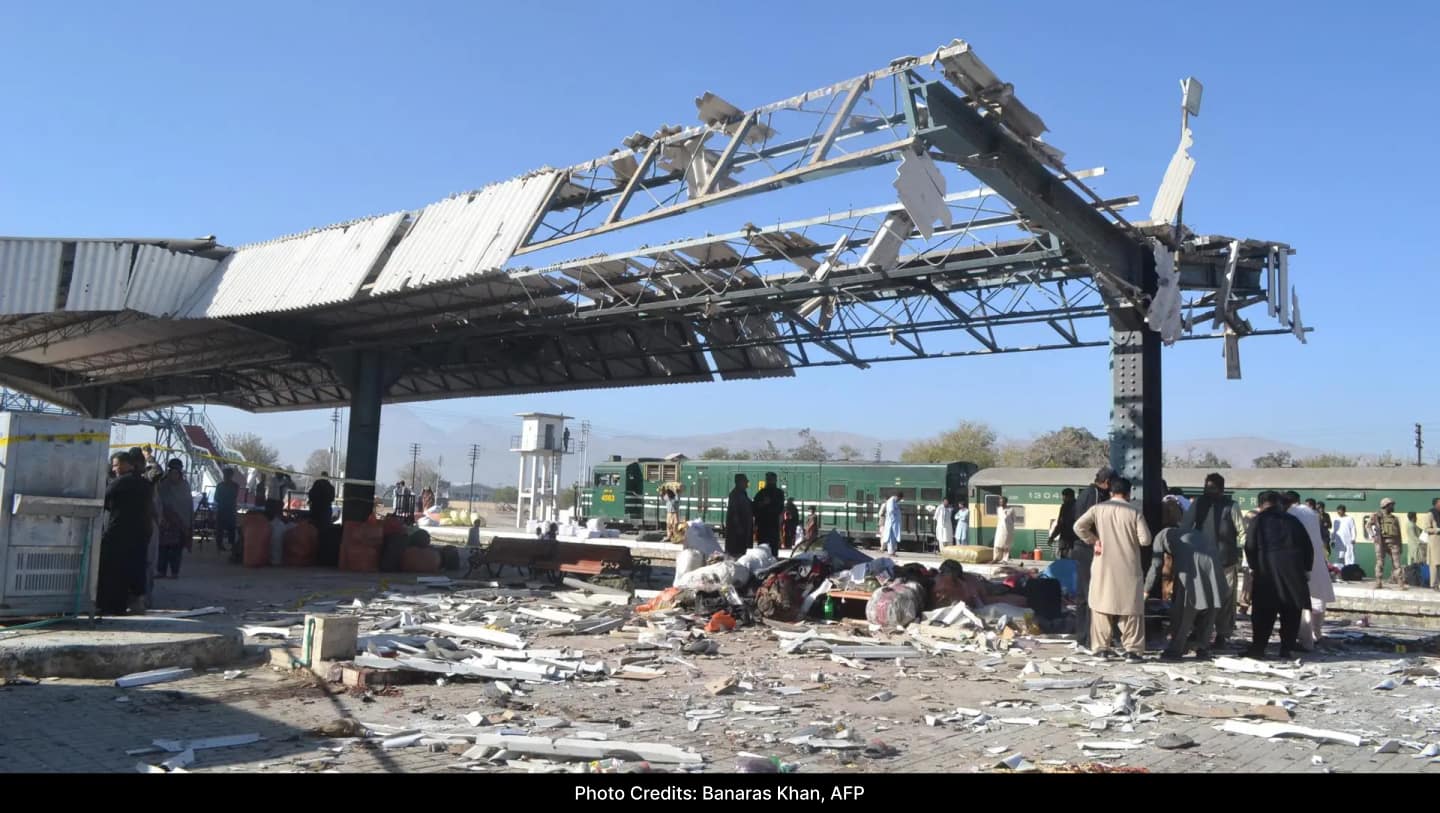An earthquake measuring 3.4 on the Richter scale struck India’s northernmost region of Ladakh at 8:25 am this morning, according to the National Center for Seismology (NCS), ANI reported.
The NCS confirmed that seismic activity was felt in the area, with the epicenter located at latitude 35.44 and longitude 77.36. The earthquake struck at a depth of 10 km.
NCS posted on X and said, “Magnitude: 3.4 earthquake occurred on 2/12/2023, 08:25:38 IST, Lat: 35.44 & Long: 77.36, Depth: 10 km, Location: Ladakh. ”
A 5.8 magnitude earthquake hit Bangladesh
In the subcontinent, Bangladesh was also hit by a 5.8-magnitude earthquake on the same day, Reuters reported. According to the German Research Center for Geosciences (GFZ), this earthquake was at a depth of 10 km, he added.
Key details of the earthquake:
Magnitude: The earthquake registered a magnitude of 3.4 on the Richter scale, indicating a relatively small seismic event.
Date and Time: The seismic activity occurred on December 2, 2023, at exactly 08:25:38 IST, marking a specific moment that caught the attention of seismologists and local residents alike.
Geographic coordinates: The epicenter of the earthquake was located at latitude: 35.44 and longitude: 77.36, which pinpointed the place on the earth’s surface where the seismic activity originated.
Depth: The earthquake was at a depth of 10 kilometers below the Earth’s surface, a crucial parameter that affects the impact and potential consequences of such events.
Location: Ladakh, known for its breathtaking landscapes, witnessed this seismic event. The exact location in Ladakh gives the seismic activity a geographical context.
Earthquake prone zones
Both Leh and Ladakh fall in Seismic Zone IV, indicating a significantly high risk of earthquake vulnerability. These areas are located in the tectonically active Himalayan region and are prone to frequent earthquakes.
The identification of earthquake-prone areas of the country is based on scientific assessments involving past seismic activity, tectonic configurations, and historical data. The Bureau of Indian Standards (BIS) has categorized the nation into four seismic zones – Zones V, IV, III and II. Zone V faces the highest level of seismicity, while Zone II experiences the lowest.




